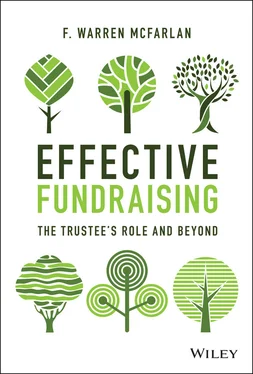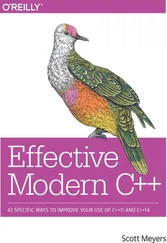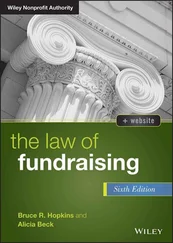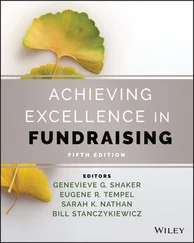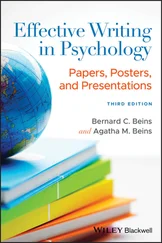Two roles will repeatedly surface in the book—namely, that of the solicitor and that of the connector. Exhibits 1.1and 1.2highlight some of the characteristics that the best of these individuals contain. A question for you as you read this book is which one best describes you and how can you improve your skills.
Exhibit 1.1: The Solicitor
1 Understands the organization's issues and needs
2 Has made the pledge
3 Has internalized a three-minute elevator pitch
4 Tries to understand prospective donor's mindset
5 Comes with an evangelist's mindset
6 Builds in listening time
7 Is often a builder of an enduring institutional relationship (each visit is one of a series of contacts)
8 Leaves a written record of call points to shape future calls
Exhibit 1.2: The Connector
Understands the organization's issues and needs
Has made the pledge (size irrelevant)
Knows or has access to many potential donors (individuals and foundations)
Is willing to share contacts
Has done substantial solicitation in the past (probably for other organizations)
Has experience in other development organizations
Has no obvious current conflicts of interest
1 1Stephen A. Schwarzman, What It Takes: Lessons in the Pursuit of Excellence (Simon & Schuster, 2019).
2 2F. Warren McFarlan and Marc J. Epstein, Joining a Nonprofit Board: What You Need to Know (John Wiley & Sons, 2011), p. 1, Preface.
ODDLY ENOUGH, the right place to begin the discussion of fundraising is with the governance committee of the organization's board of trustees (see Figure 2.1). At the core, this group is responsible for assembling and developing the fundraising talent and leadership on the board, and setting the tone for development. These trustees must facilitate the assembly of a core network of givers and connectors, and ensure the right level of staff is present in the organization. In times of a head change, the governance committee works very closely with the search committee to assess how important fundraising skills will be in the next head, and to ensure that the final candidate possesses them. As noted earlier, it is not unusual for 50% or more of a nonprofit CEO's time to be devoted to fundraising activities over their years of leadership (clearly, therefore, this is usually a very relevant skill requirement).
Governance Committee Composition
The governance committee of the board (see Figure 2.1) is normally made up of its most senior trustees. It has six critical roles:
1 Selecting, evaluating, and coaching of the CEO. It often does the selection by commissioning a special search committee of the board for the task. Figure 2.1Partial Organization Chart
2 Recruiting new members of the board, making sure the skills are on the board for future leadership, and ensuring the various tasks that need to be done can be staffed.
3 Having a deep understanding of the strategy of the organization and what it needs to do for the future.
4 Recruiting the necessary people onto the board who can mobilize appropriate development. This is normally done by adding potential major donors and connectors on the board. This group must be composed of individuals who will not disrupt the other governance activities of the board but who can energize the organization's development activities.
5 Selecting and appointing board officers and committee chairs. In particular, they need to have a multiyear view of potential succession.
6 Determining and enforcing length of board and officer term limits.
A recent case study described here illustrates how governance committee organization played out in one organization. The organization was an over 500 student K - 12 independent school. As the story begins, it had a highly experienced board (averaging over 20 years of service) including a board chair with over 10 years of service. The school in the past decade had added some very capital-intensive program expansions for which the funding had been done through debt, not philanthropy. The organization had a very modest endowment. Its facilities were old. Fundraising had not been a board priority for at least the past decade. For the past decade, most trustee gifts each year had been in the $1,000 range or less. They were not a major source of funds for the school. Neither was the success of the annual fund a priority for them.
The case starts with a new head being picked after the retirement of his predecessor. The new head, after surveying the landscape and his competitive positioning, launched multiple initiatives. The first was rebuilding a development department to energize its annual fund and create an alumni and friends database. School publications were modernized. New parent trustees were brought onto a board that simultaneously installed term limits for both the trustees and officers. A careful study was launched of the state of the physical facilities. Major inadequacies were identified, which appeared to significantly impact the quality of the programs and their marketing appeal.
The previous board was composed of people of stature, but with both relatively limited giving capacity (or at least giving habits) and interest in that domain. In going through its once in every decade external accreditation, the board's and head's attention were drawn by the evaluator’s focus on the school's high debt in relation to its competitors, as well as the absence of a significant annual fund, combined with no plans for a capital campaign.
As part of addressing these issues, the board (at the urging of the head) recruited onto it a new trustee, who was very familiar with the need for a school to have access to both capital campaign dollars and annual fund dollars. The new board member was asked to head a newly formed governance committee. Almost immediately identifying capital shortage and aging facilities as key issues, the governance committee then stimulated the recruitment of four new development-oriented trustees to the board, who had a deep commitment to the school because their children were enrolled. They had both significant personal resources, as well as strong links to other individuals in the community who had substantial resources. A building project of great strategic programmatic relevance to the school was brought forward. Almost immediately, funding inside the board jumped to 50% of the project's costs, all fueled by the new and relatively new trustees.
At the same time, an experienced new development director was recruited from outside to energize the development infrastructure both to support fundraising in general and for this project in particular. The new director and the board rapidly mobilized nonboard parents to contribute the other 50% of the project over six months, and a transforming project was launched. Five years down the road, millions had been raised from all sources around this project and two subsequent equally transformative projects.
To make this happen, the governance committee nearly doubled the board size with 80% being significant donors and all being donors sparked by the dynamism of the projects, and the transformation that they promised in the school's programs. Importantly, enrollment in the school jumped by 150 new full-paying students who were attracted to the new proposition. The trustees, who sparked the initial effort, rolled off the board (courtesy of term limits) and were replaced by like-minded individuals (mostly parents and grandparents) with similar resources and passion. Structures to attempt to keep former trustees engaged were put in place. Board rebuilding has become a never-ending project (courtesy again of term limits). The key points from this case are:
Читать дальше
